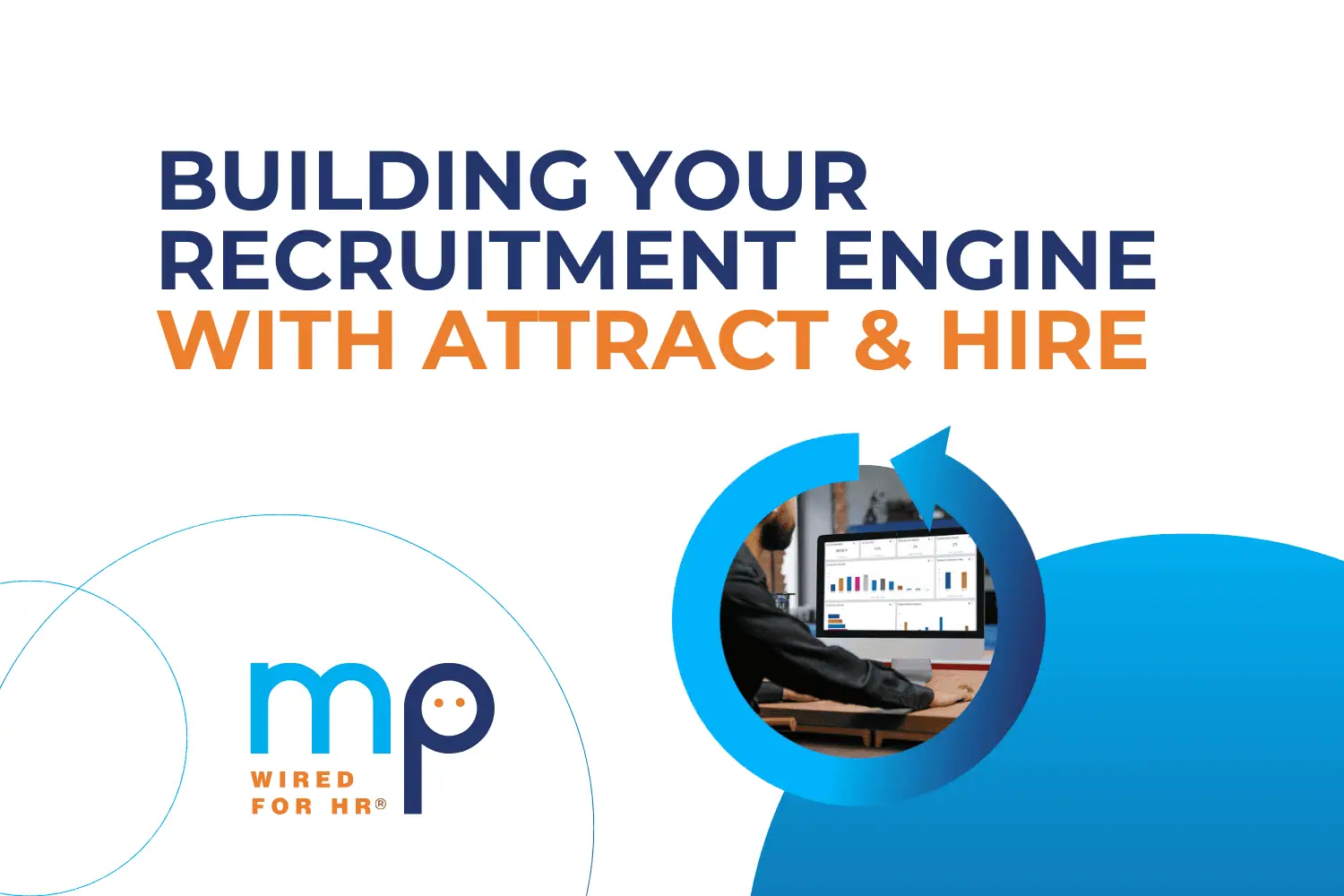Employee Assistance Programs (EAP) in 2022: What Employers Must Know
April 18th, 2022

In 2022, every employer and human resources department should seriously consider offering an Employee Assistance Program (EAP). EAP services have become increasingly critical for a few reasons. Firstly, employees and their family members face unprecedented life challenges and personal problems in the face of the pandemic. A second factor is the recent war in Ukraine, which has been devastating to witness and is creating concerns about a global or nuclear war. Lastly, an EAP will be critical if employers want to return their team to the workplace. This change may bring on extra stress for employees. MP’s HR experts share what employers need to know about EAPs in 2022.
EAP Basics
An Employee Assistance Program (EAP) is a suite of support services for an improved employee experience and improved home and work life. Employers often note that EAPs result in higher employee retention rates and work performance. They also help reduce workplace violence and trauma. EAPs may include free, confidential assessments, short-term counseling, referrals for long-term counseling services, and EAPs offer referrals to other support programs for:
- substance abuse
- legal difficulties
- financial hardships
- caregiving
- mental health challenges
- relationship issues
- family problems
- health issues
- bereavement
- financial difficulties
- difficulties with work-life balance
- other work-related issues
An employer may offer their staff, and often their family members, free or subsidized services through the EAP. Especially post-pandemic, employers are offering EAP services in-person and via the phone or online.
Best practices for offering an EAP
Employers should follow these seven steps to implement their EAPs.
1. Conduct preliminary research.
Send out surveys (MP’s Share & Perform software can assist with this task.) Set up a focus group, town hall, or committee. These groups should always include HR and may also benefit from members of upper management. These groups should discuss:
- what services the EAP might include
- costs for the employer and employee
- whether the EAP will be fixed-fee, contract, or hybrid
- how and when to roll out the EAP
- how the EAP will support larger business goals (boosted employee retention, recruiting, etc.)
2. Create a business case for the potential EAP.
Aggregate data to support the creation of an EAP. HR departments should share it with stakeholders, business partners, the advisory board, upper management, etc. This business case may include:
- data on employees or the community where employees live and work
- research proving the benefits and efficacy of EAPs or specific programs
- calculations to demonstrate how an EAP might save money for the company or create ROI in other ways
- statements from employees, HR, or management regarding why an EAP would benefit the company
3. Develop an internal EAP policy.
Employers should add an internal EAP policy to the employee handbook. It will cover:
- how employees will access EAP services
- which employees are eligible for EAP services
- FAQs
- any additional information
4. Select EAP providers.
Employers may choose to develop a contract with outside vendors. There are specific EAP providers that partner with employers. Additionally, health insurance carriers may offer EAP services as part of their benefits plan. However, in some cases, especially for large companies, it may be better to hire an in-house provider.
5. Roll out the EAP to staff.
Make a company-wide announcement about the EAP. It may be important to make several announcements on different platforms, including the organization’s:
- intranet
- newsletter
- meetings
- etc.
Employers using MP’s Share & Perform could utilize it for this task. Announcements should share the EAP policy and any other documents or links employees may need to access or review the program. It’s also critical to add information about the EAP into onboarding procedures, so new employees learn about it.
6. Ensure employees have privacy to discuss the EAP.
Offer employees the ability to reach out to HR and ask their questions in private settings. Provide a variety of options, including:
- coming into the HR office in person
- setting up a call or
- conducting a Zoom appointment
- asking questions via email, etc.
Managers and HR employees must never share private information they learn about employees during these discussions—this includes sharing with coworkers, other managers, family, or friends. Sharing confidential information may risk compliance, damage employee morale, and dissuade employees from utilizing the EAP at all.
7. Regularly review and improve the EAP.
It’s a best practice to continue to review an EAP after launching it. Send out more surveys to see if it’s being used and what elements of the plan employees do (and don’t) appreciate. Ask the committee in charge of administering the plan to check into new options to reduce costs. Employers may also want to review other metrics to evaluate the plan’s efficacy. For example, are employees:
- taking fewer sick days?
- staying at the company longer?
- happier?
- more engaged?
- turning in a higher level of job performance?
An EAP often improves the employee experience, so employers should be reviewing factors measuring employee engagement and retention.
Recent Posts
- The Real Reason Your New Hires Quit (And How to Fix It with Smarter Onboarding) – Zip Drive INCLUDED
- Learn & Grow: The Learning Management System for Employee Engagement and Retention
- From Attic to Innovation: Jason Maxwell’s HR Leadership Journey
- Pay Transparency FAQs: Salary Range Laws, Compliance Tips & Remote Worker Rules
- How to Achieve Pay Transparency Compliance in 2025: A 5-Step Guide for Employers
Categories
- ACA (10)
- AI (6)
- BizFeed (6)
- Business Strategy (119)
- COBRA (5)
- Compliance (200)
- COVID-19 (92)
- Diversity (12)
- eBooks (19)
- Employee Engagement (33)
- Employee Handbooks (24)
- ERTC (29)
- FFCRA (7)
- HR (306)
- MP Insider (13)
- Payroll (120)
- PFML (9)
- PPP (24)
- PTO (5)
- Recruiting (53)
- Remote Work (39)
- Return to Work (32)
- Unemployment (1)
- Wellness (22)
Archives
- April 2025
- March 2025
- February 2025
- January 2025
- December 2024
- November 2024
- October 2024
- September 2024
- August 2024
- July 2024
- June 2024
- May 2024
- April 2024
- March 2024
- February 2024
- January 2024
- December 2023
- November 2023
- October 2023
- July 2023
- June 2023
- May 2023
- April 2023
- March 2023
- January 2023
- December 2022
- October 2022
- September 2022
- August 2022
- July 2022
- June 2022
- May 2022
- April 2022
- March 2022
- February 2022
- January 2022
- December 2021
- November 2021
- October 2021
- September 2021
- August 2021
- July 2021
- June 2021
- May 2021
- April 2021
- March 2021
- February 2021
- January 2021
- December 2020
- November 2020
- October 2020
- September 2020
- August 2020
- July 2020
- June 2020
- May 2020
- April 2020
- March 2020



